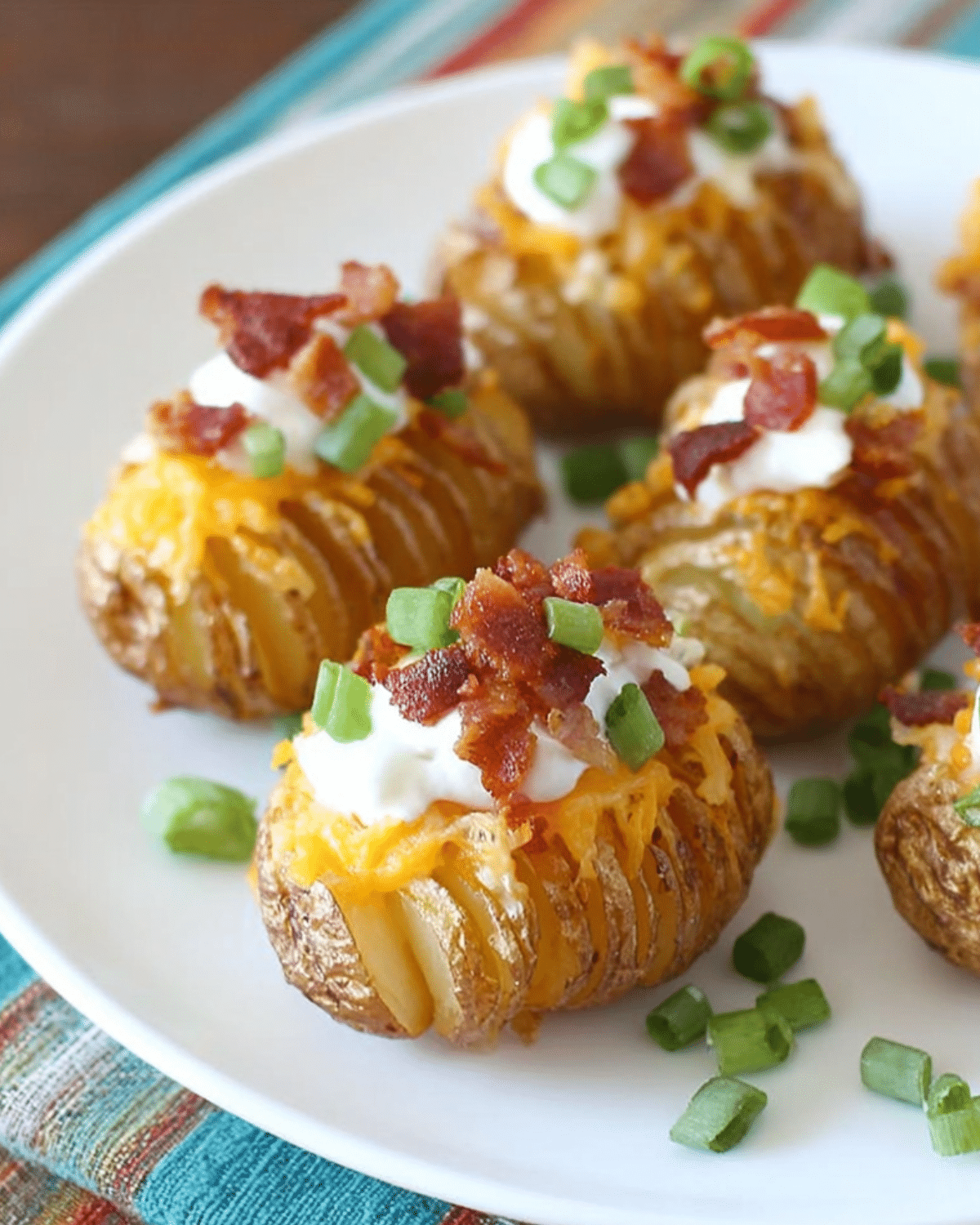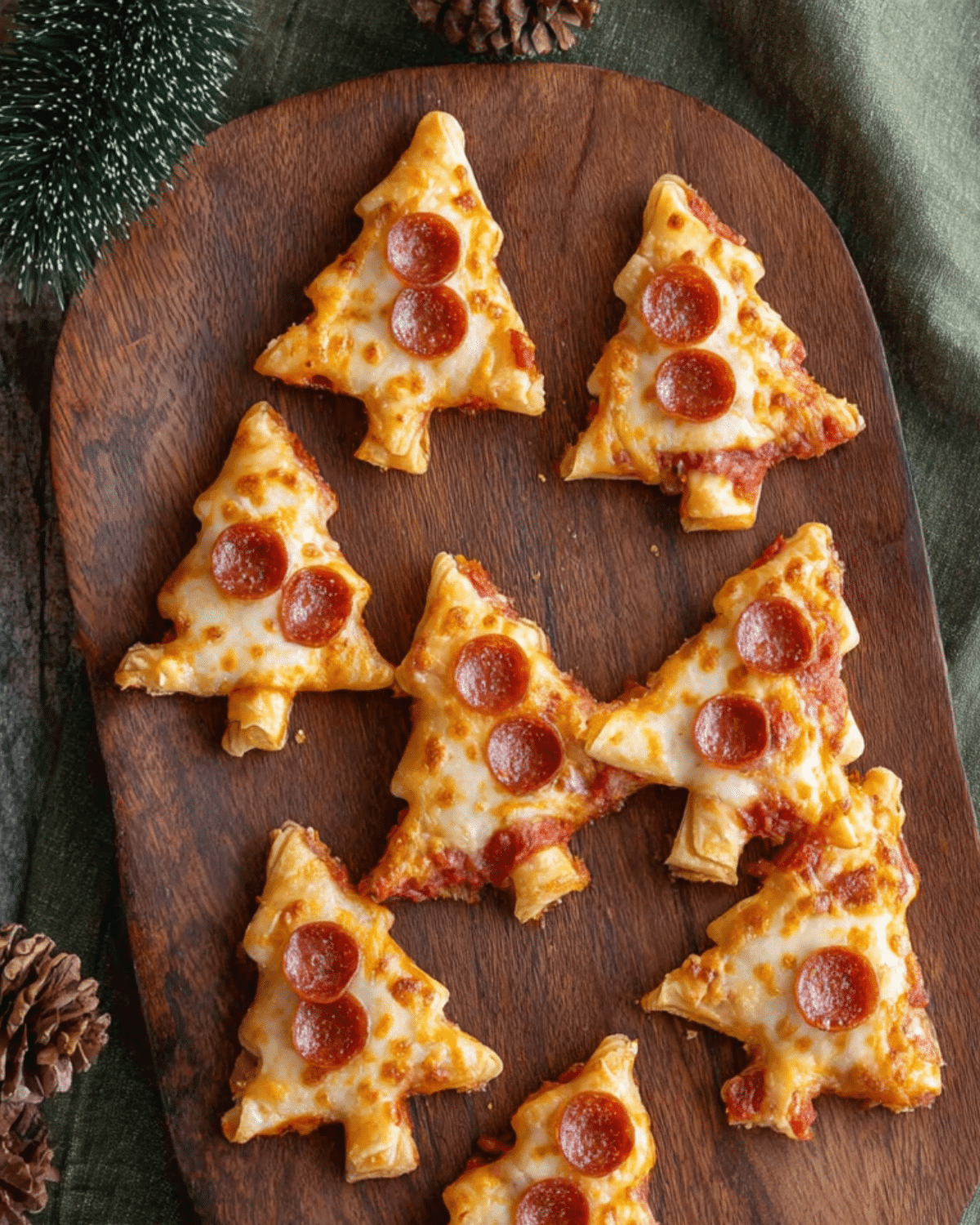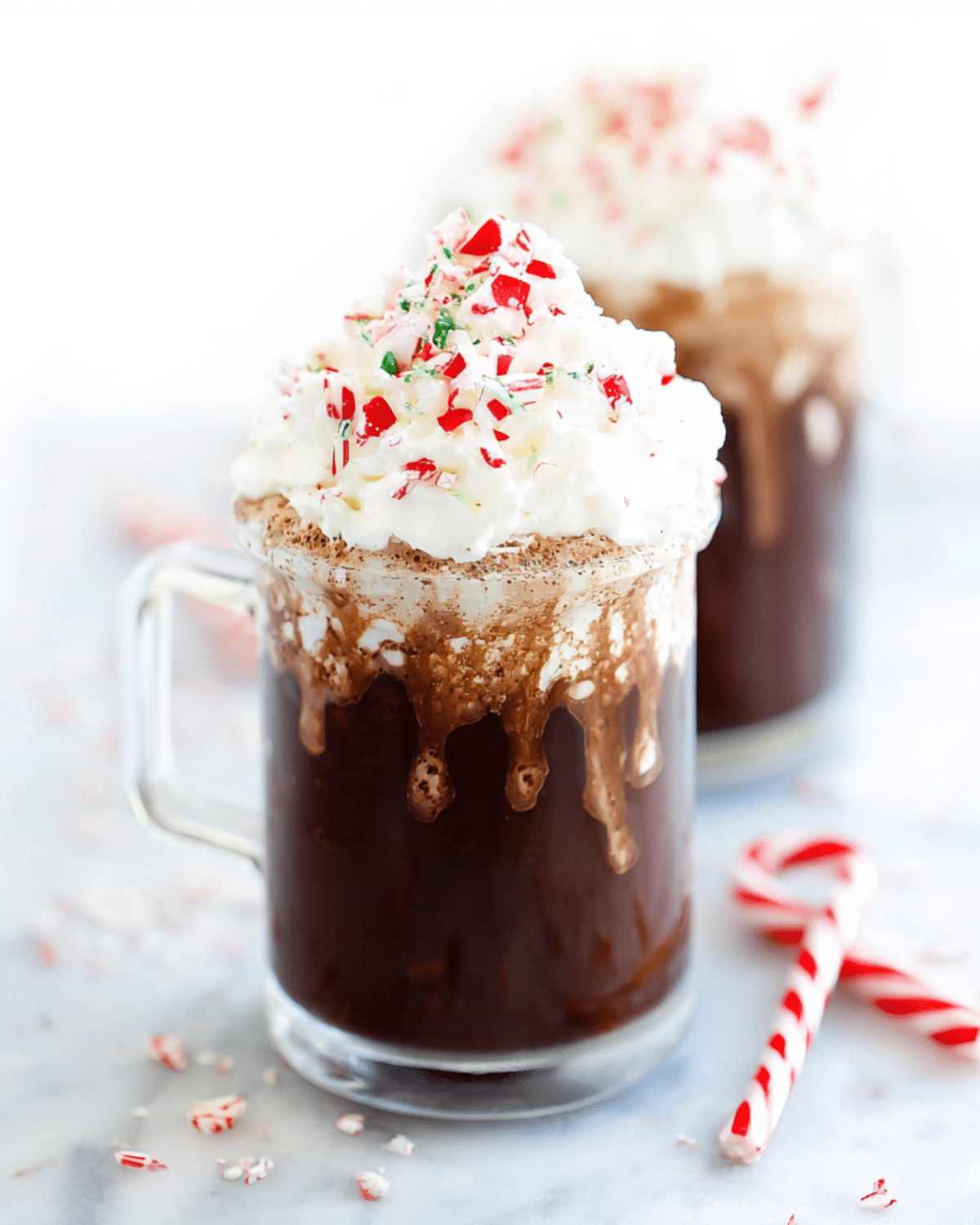Looking to elevate your desserts with a bakery-style frosting that’s rich, silky, and packed with real vanilla flavor? This Vanilla Bean Buttercream recipe delivers just that—and more. Whether you’re frosting cakes, filling cupcakes, or piping elegant designs, this frosting brings a level of flavor and texture that traditional vanilla buttercream just can’t match.
In this guide, you’ll learn what makes vanilla bean buttercream so special, how to choose the right ingredients, and step-by-step instructions to ensure your frosting turns out ultra-smooth every time. Don’t miss our Vanilla Bean Paste Guide if you want to understand what makes this ingredient shine.
JUMP TO
Table of Contents
Why Vanilla Bean Buttercream is Worth the Hype
The difference between vanilla extract and vanilla bean paste
Most classic buttercream recipes call for vanilla extract—but there’s a big flavor upgrade waiting in vanilla bean paste. This thick, syrup-like ingredient delivers not just a richer taste but also those beautiful specks of real vanilla seeds throughout your frosting. That visual appeal alone adds a gourmet touch to homemade desserts. While vanilla extract is alcohol-based and evaporates quickly under heat, vanilla bean paste lingers and infuses deeper flavor.
If you’re wondering about substitutions, yes—you can swap them 1:1. But once you taste the depth of flavor from the paste, you’ll understand why it’s the gold standard for bakery-quality frostings.
Why vanilla bean flavor stands out in buttercream
Vanilla bean isn’t just an ingredient—it’s the star. Unlike artificial vanilla flavoring, which can be sharp or overpowering, real vanilla bean has complex floral and warm notes that pair perfectly with butter and sugar. This flavor profile complements both bold chocolate cakes and light sponge cakes alike. It’s subtle, yet unmistakable.
Pairing ideas for cakes, cupcakes, and cookies
Vanilla bean buttercream is versatile enough to complement almost any baked good. Pair it with:
| Dessert Type | Recommended Flavor Combo |
|---|---|
| Chocolate Cake | Vanilla Bean Buttercream |
| Lemon Cupcakes | Vanilla Buttercream with Lemon Zest |
| Sugar Cookies | Piped Vanilla Bean Rosettes |
| Almond Cake | Vanilla Bean Frosting with Almond Extract Twist |
Check out this dreamy Vanilla Bean Brown Butter Cheesecake for another mouthwatering way to enjoy this flavor combo.
Ingredients That Make the Perfect Vanilla Bean Buttercream
Choosing the right butter: salted vs unsalted
Use unsalted butter for better control of the overall flavor. While salted butter can work in a pinch, it may mask the subtle vanilla notes you’re trying to showcase. The butter should be high quality and at room temperature—soft but not melting.
How to find quality vanilla bean paste or pods
When shopping for vanilla bean paste, look for brands that list “pure vanilla” and real vanilla seeds—not imitation flavors. Nielsen-Massey is a trusted option, though many gourmet or organic brands offer high-quality alternatives. If you’re going old-school, scraped vanilla pods work too: use 1 pod per 1 teaspoon of paste.
Looking for inspiration? Try this guide on homemade fig newtons for another classic dessert that pairs beautifully with vanilla.
Sugar, milk, and optional salt: what makes it silky
The best texture comes from powdered sugar (confectioner’s sugar) made with pure cane sugar. Beet sugar varieties often lead to graininess. You’ll also need whole milk for a creamier consistency and a pinch of salt to balance the sweetness—this step is optional, but recommended.
Here’s the simple ingredient breakdown:
| Ingredient | Measurement |
|---|---|
| Unsalted Butter | 3 sticks (354g) |
| Powdered Sugar | 9 cups (1035g) |
| Vanilla Bean Paste | 3 tsp (adjust to taste) |
| Milk | ¼ cup (60g), add as needed |
| Salt | ½ to 1 tsp (optional) |
Step-by-Step: How to Make Vanilla Bean Buttercream Like a Pro
Prep work: softening butter and tools you’ll need
Softened butter is key—cold butter won’t whip smoothly and melted butter will ruin your texture. Let your butter sit at room temperature for 1–2 hours before you start. You’ll also need:
- Stand mixer or hand mixer
- Rubber spatula
- Measuring cups and spoons
- Mixing bowl (preferably glass or stainless steel)
Mixing technique: avoid grainy texture
- Cream the butter until it’s fluffy—this takes 3–4 minutes on medium speed.
- Add the vanilla bean paste and mix until fully incorporated.
- Add half the powdered sugar and most of the milk, beating on medium speed until blended.
- Scrape the sides, then add the rest of the sugar and milk. Mix another 3–4 minutes.
- Finish by beating on low speed for 1–2 minutes. This step reduces air bubbles and creates that bakery-smooth finish.
Don’t miss our guide on creamy pumpkin pasta—you’ll love how the creaminess concept carries across sweet and savory dishes.
Adjusting consistency for piping, filling, or frosting
- Thicker consistency (ideal for piping): Add less milk
- Softer consistency (for filling and crumb coat): Add 1–2 teaspoons more milk
- Extra smooth finish: Continue beating on low speed and strain out any large vanilla bean particles if needed
Want a pro tip? Mix a few extra minutes—most beginners stop too soon, and that’s why their buttercream isn’t silky.
Discover great ideas like soft pumpkin cookies with cream cheese frosting for even more frosting applications.
Common Mistakes to Avoid When Making Buttercream
Even experienced bakers occasionally run into issues with buttercream. Here’s how to avoid the most common ones when making vanilla bean buttercream.
How to prevent gritty or runny results
Grainy frosting is often caused by poor-quality powdered sugar. Always choose a brand that uses pure cane sugar and avoids beet sugar. Brands like Domino’s have consistently smooth results. If the sugar label doesn’t say “pure cane,” skip it.
To fix runny frosting, try chilling the mixture for 10–15 minutes or adding a bit more powdered sugar. Adding too much milk or overbeating warm butter can cause separation and a soupy texture.
Troubleshooting air bubbles and separation
Air pockets in your buttercream? That’s usually due to beating on high speed for too long at the end. After mixing your ingredients thoroughly, beat on low speed for the last 1–2 minutes. This helps the frosting “settle” and smooth out.
If you’re seeing separation or oiliness, your butter may have been too warm. Use butter that’s soft but still cool to the touch—never melted.
Check out this silky lemon posset dessert that also hinges on perfect consistency.
Brands that work best (based on community feedback)
Through forums and recipe groups, these brands come up again and again for reliable buttercream:
| Product | Best Use | Recommended Brand |
|---|---|---|
| Powdered Sugar | Smooth texture | Domino’s, C&H |
| Vanilla Bean Paste | Bold flavor | Nielsen-Massey, Heilala |
| Butter | Consistent structure | Kerrygold, Plugra |
If you’re frosting a large cake or baking for an event, it’s worth sticking with these trusted names.
Vanilla Bean Buttercream Variations and Storage Tips
Once you’ve mastered the basics, this frosting becomes a delicious canvas for creativity.
Chocolate-vanilla swirl or citrus zest twist
- Chocolate-vanilla swirl: Add 2 tablespoons of unsweetened cocoa powder to half of your vanilla buttercream. Pipe them side-by-side in a single bag for a striking two-tone swirl.
- Lemon or orange twist: Add 1 teaspoon of citrus zest and a few drops of citrus extract to brighten up the vanilla bean base. Perfect for summer cakes!
Want a cozy pairing idea? Don’t miss our Apple Crumb Cake recipe—it’s incredible with vanilla bean buttercream.
Can you freeze vanilla bean buttercream?
Yes, and it freezes well! Store in an airtight container for up to 3 months. To reuse, thaw in the fridge overnight, then beat with a mixer to restore texture. Add a splash of milk if needed to bring it back to creamy perfection.
How long can it sit out or be refrigerated?
- Room temperature: Up to 2 days (cool room only)
- Refrigerated: Up to 2 weeks
- Frozen: 2–3 months
Always bring chilled buttercream to room temperature and remix it before piping or spreading.
Looking for holiday variations? Try it with pumpkin cheesecake truffles—they’re a festive crowd-pleaser.
FAQ About Vanilla Bean Buttercream
Can you use vanilla extract instead of vanilla bean paste?
Yes, they can be used 1:1 in most recipes. However, you’ll lose the visual appeal and some of the complex flavor that vanilla bean paste brings. If you want the most depth and those iconic specks, stick with the paste.
How much frosting does this recipe make?
This recipe makes about 6 cups of buttercream—enough to frost:
-A 3-layer 8-inch cake
-24 cupcakes with a generous swirl
-One sheet cake with rosettes
Is this frosting good for hot weather cakes?
Vanilla bean buttercream, like most American-style frostings, can soften in warm conditions. For outdoor events or summer weddings, keep your cake cool until serving. If needed, add 1–2 tablespoons of shortening to stabilize it for heat.
Conclusion: Make This Your Go-To Frosting for Every Celebration
Vanilla bean buttercream isn’t just another frosting—it’s a flavor statement. With its rich aroma, silky texture, and those beautiful specks of real vanilla, this recipe is a must-have in every baker’s playbook. Whether you’re frosting cupcakes for a birthday or creating an elegant layer cake, you’ll love the versatility and results.
Don’t miss our classic Italian tiramisu recipe if you want to explore more creamy, indulgent desserts.
PrintVanilla Bean Buttercream
This Vanilla Bean Buttercream is a silky, pipeable frosting made with real vanilla bean paste for rich flavor and stunning visual appeal. Ideal for cakes, cupcakes, and cookies, it’s quick to prepare and holds up beautifully for decorating or filling.
- Prep Time: 15 minutes
- Cook Time: 0 minutes
- Total Time: 15 minutes
- Yield: 6 cups
- Category: Frosting
- Method: Whipped
- Cuisine: American
- Diet: Vegetarian
Ingredients
- 3 sticks (354g) unsalted butter, softened
- 9 cups (1035g) powdered sugar
- 3 teaspoons (12g) vanilla bean paste (adjust to taste)
- ¼ cup (60g) milk (adjust for consistency)
- ½ to 1 teaspoon salt (optional)
Instructions
- Cream the softened butter until smooth and fluffy.
- Add the vanilla bean paste and mix until fully incorporated.
- Add half of the powdered sugar and most of the milk. Beat on medium speed until well blended.
- Scrape the bowl, then add remaining powdered sugar and milk. Beat another 3–4 minutes on medium speed.
- Switch to low speed and mix for 1–2 more minutes to reduce air bubbles and smooth the frosting.
- Adjust consistency with more milk (for softer) or powdered sugar (for thicker), if needed.
Notes
- Use high-quality powdered sugar made with pure cane sugar to avoid grittiness.
- Softened butter should be cool, not melted.
- Vanilla bean paste gives better flavor and appearance than extract.
- Can be stored in the fridge for up to 2 weeks or frozen for 2–3 months.
- Bring to room temperature and rewhip before using after refrigeration or freezing.











